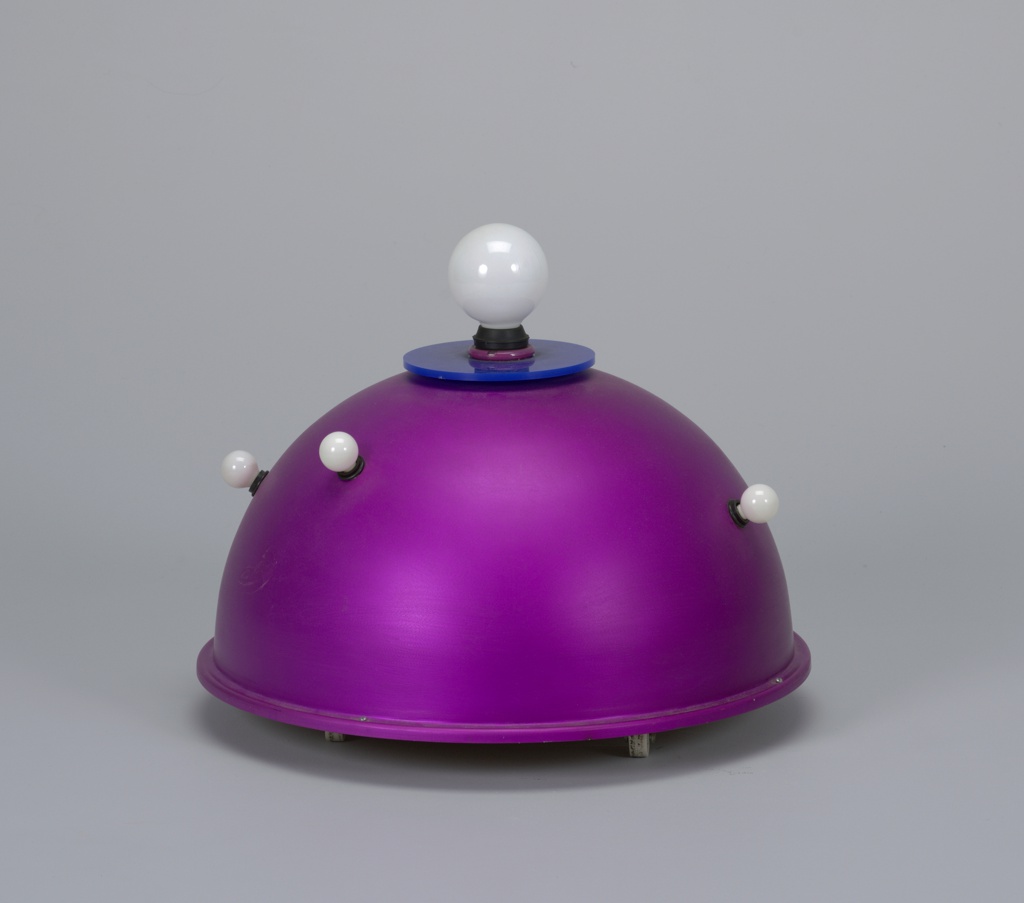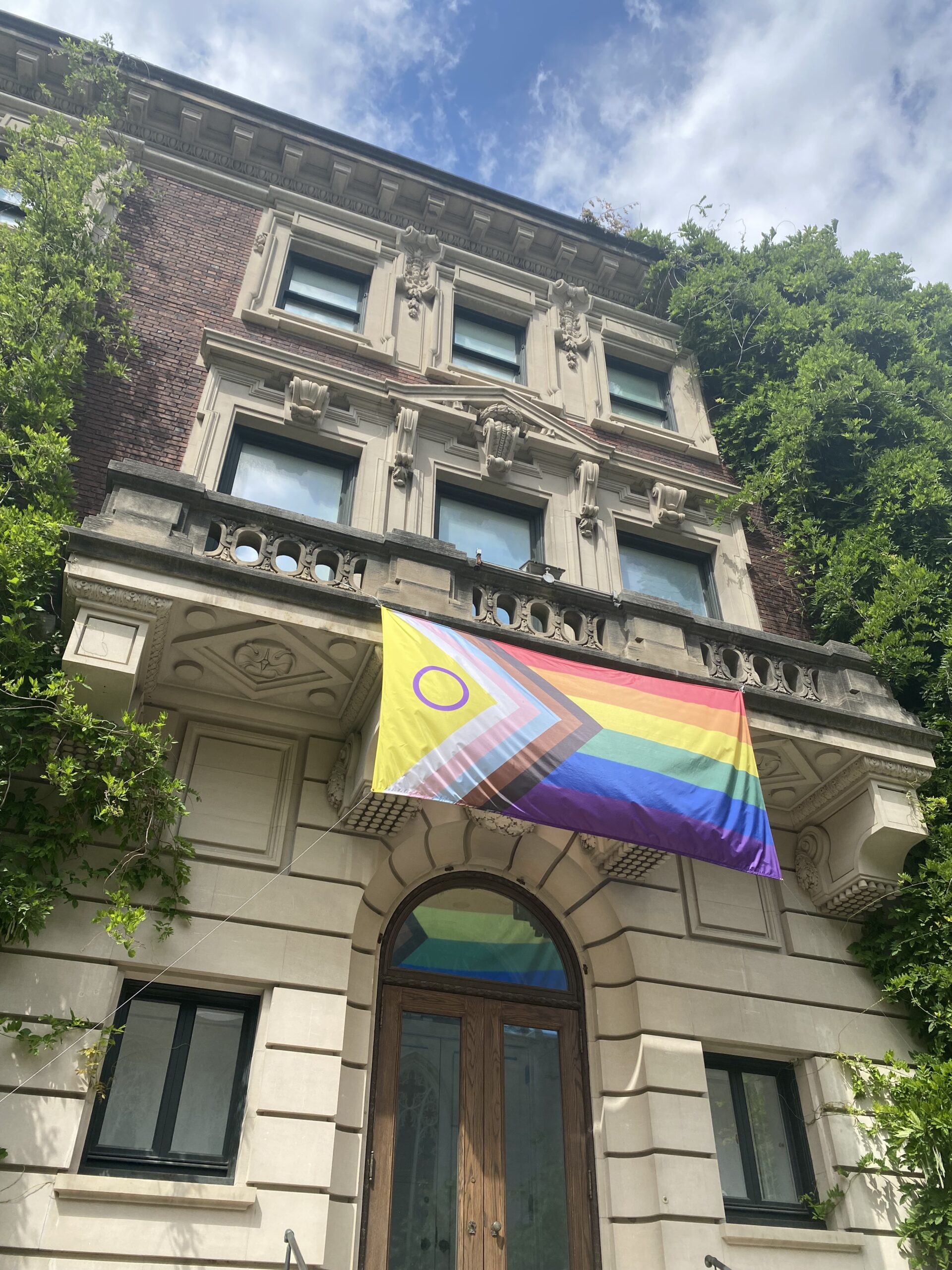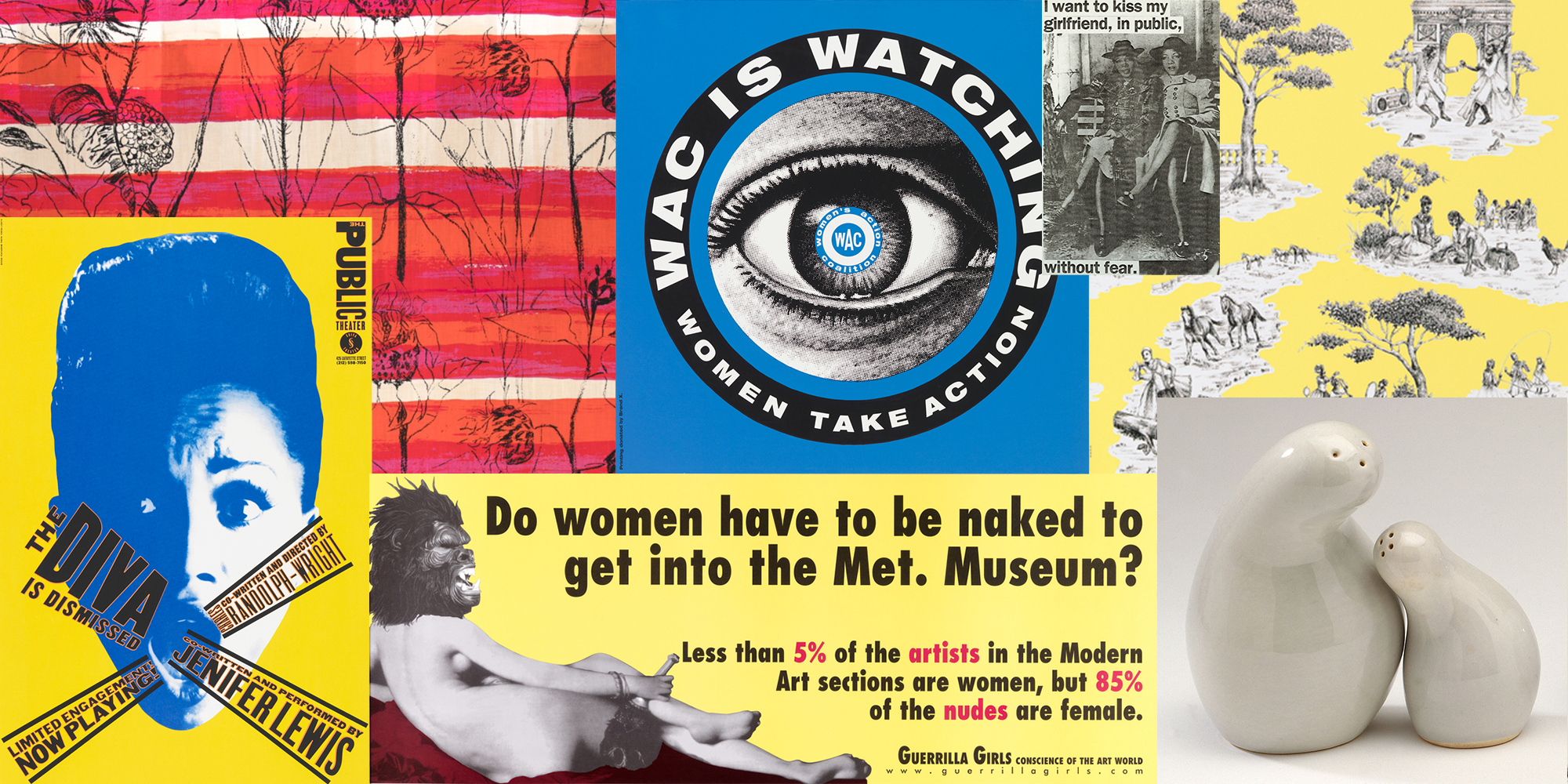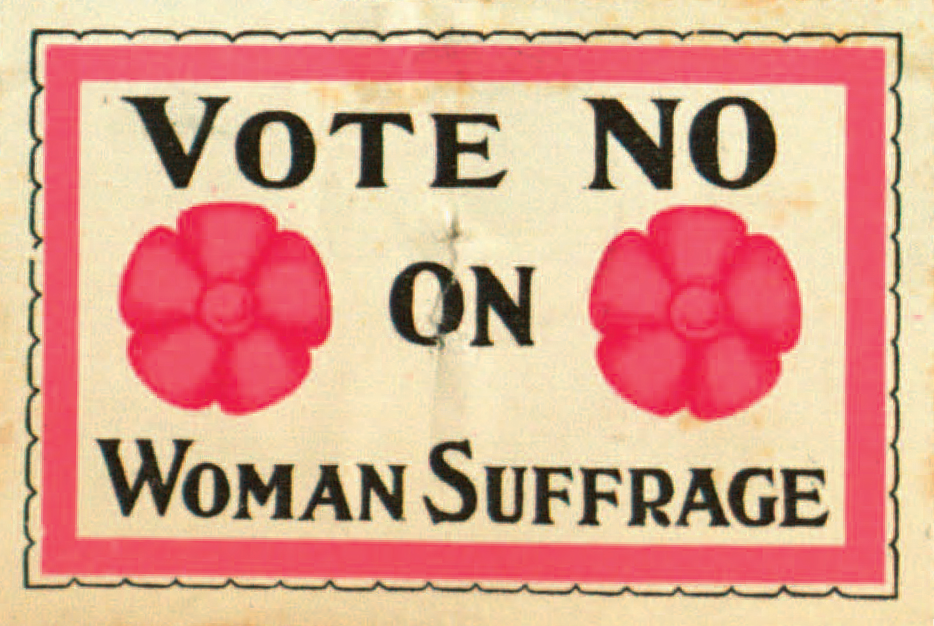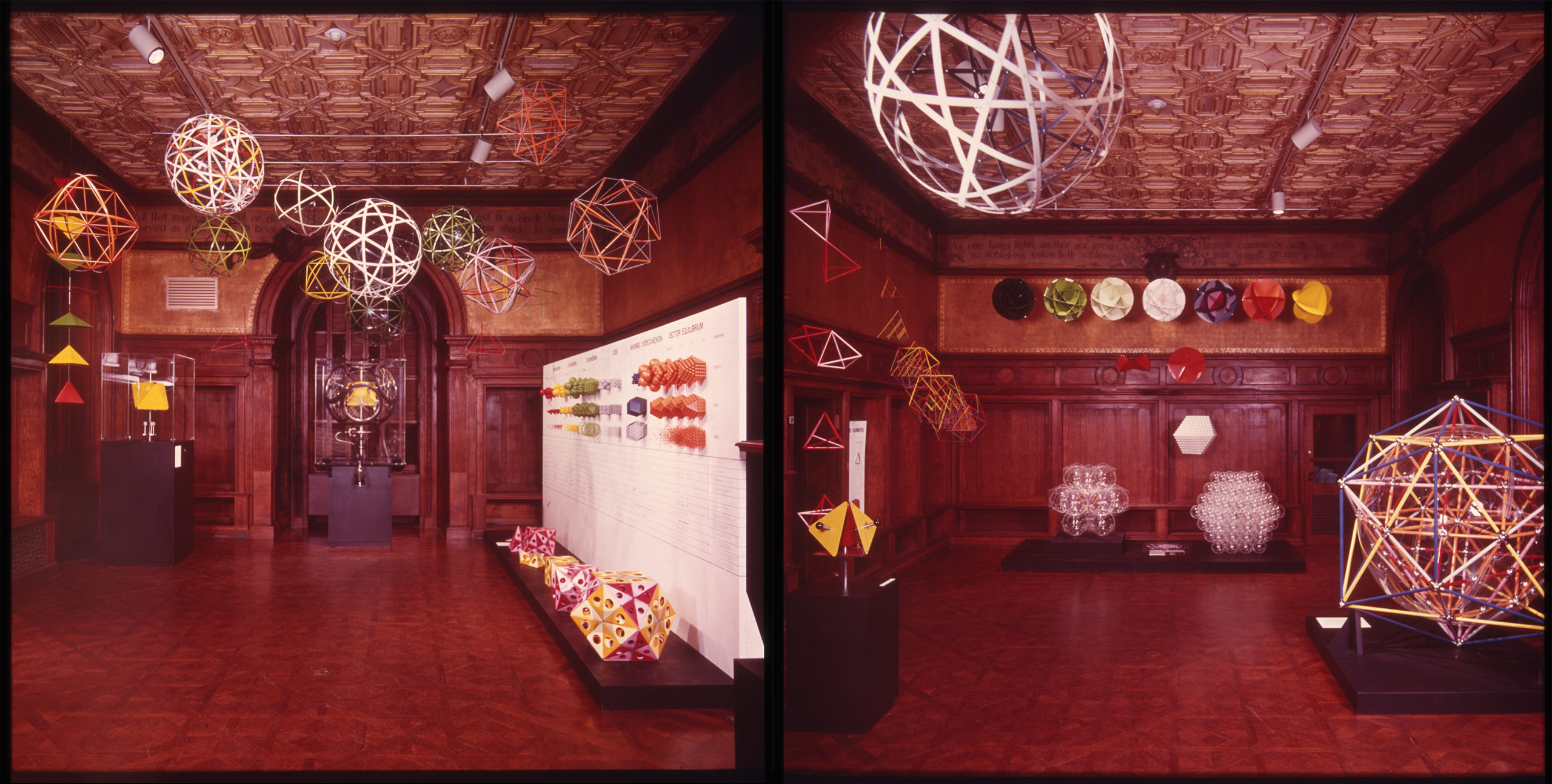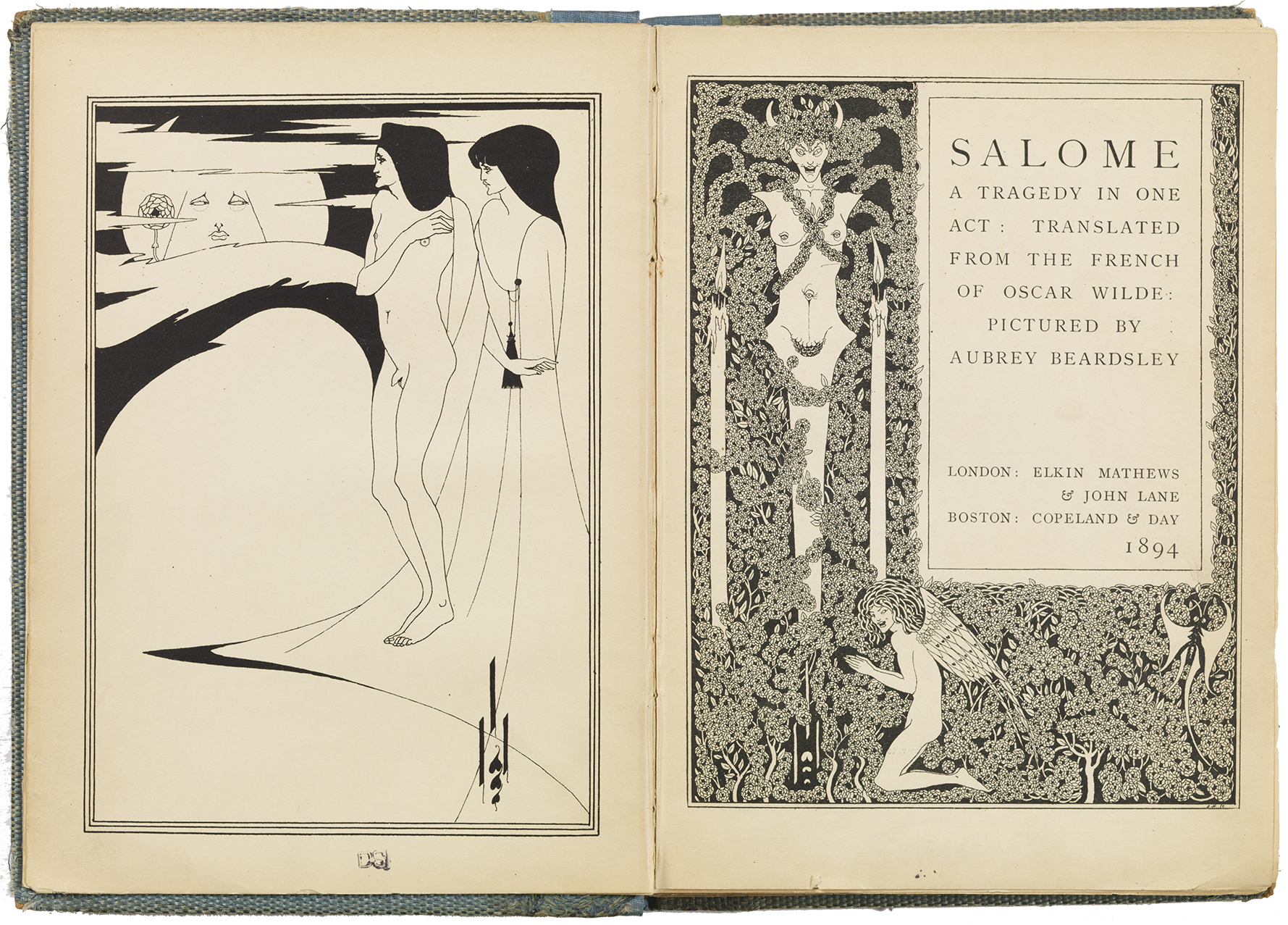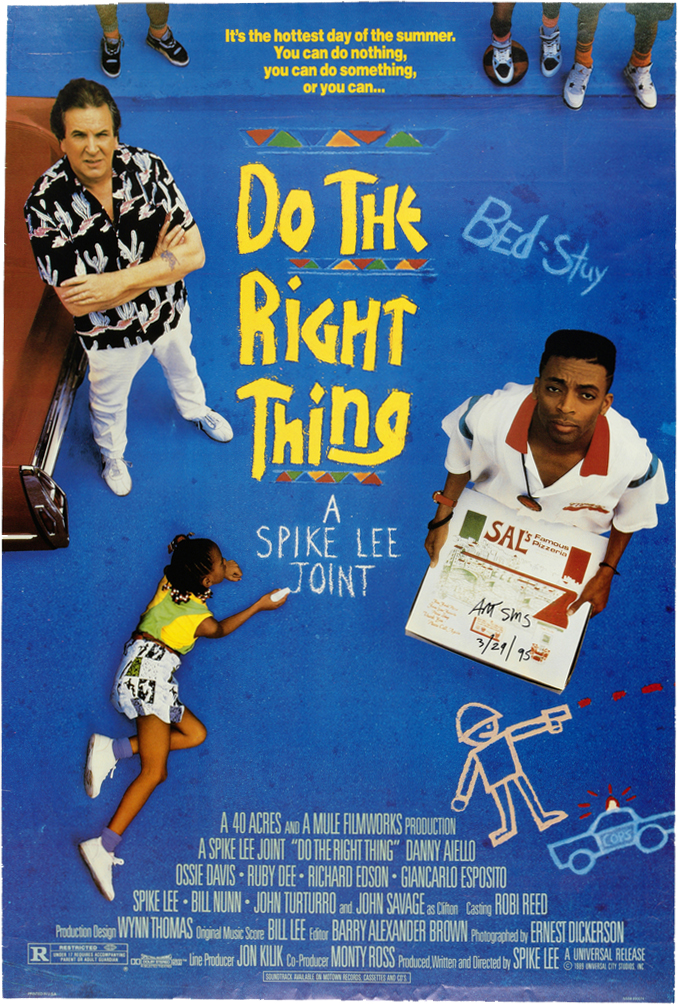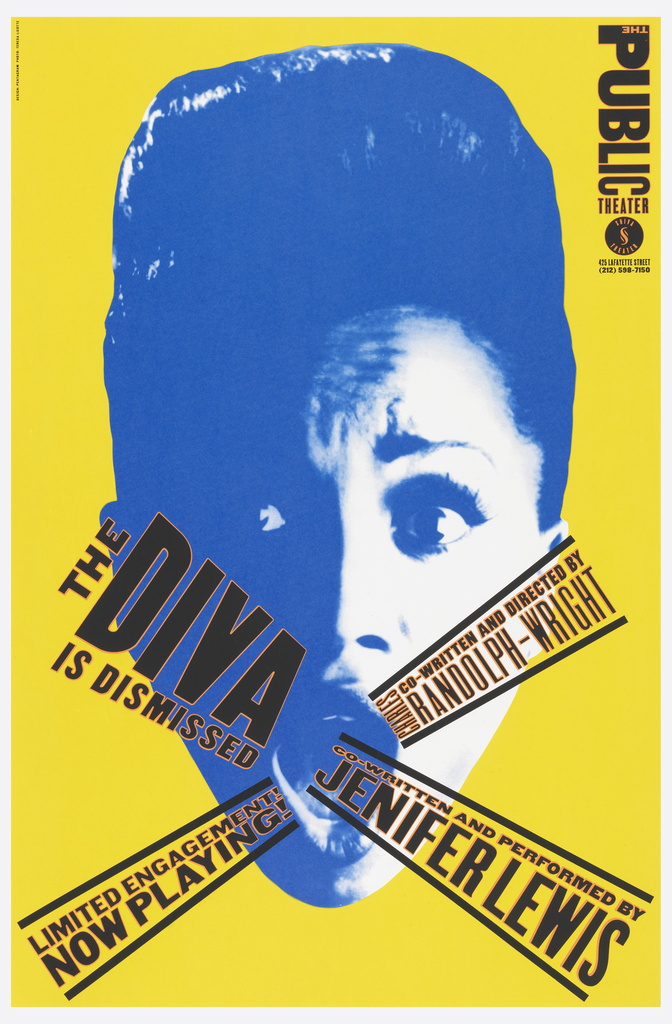In observance of Pride month, Cooper Hewitt’s curatorial departments have selected a group of objects with LGBTQ+ stories to feature on the museum’s collection site. These objects are loosely connected by the theme of queer modernisms and are by LGBTQ+ designers.
In 2023, Cooper Hewitt hung the Intersex-Inclusive Progress Pride flag on its south-facing facade. The installation celebrates LGBTQ+ Pride Month and demonstrates the evolution of inclusivity in the design of Pride flags.
For Women's History Month, view more than 100 years of women's contributions to wallpaper design.
Women's right to vote was a widely debated issue in the United States in the late 19th and early 20th century. Prominent women were on both sides of the debate, which pushed against traditional views of gender and class.
On October 7, 1976, Cooper Hewitt opened, joining the Smithsonian and becoming the nation’s design museum. Learn how that came to be.
When Salome requests a severed head on a platter, be careful what you wish for. Or write. Or draw. In 1894, Oscar Wilde and Aubrey Beardsley—both considered enfants terribles of Victorian England for their provocative work and lifestyles—produced a printed edition of Wilde’s play Salome. Wilde’s psychological centralization on the character of Salome and Beardsley’s...
Art Sims (American, born 1954) has designed graphics across entertainment media, but his most famous and prolific work is that for film posters. His collaboration with Academy Award–winning filmmaker Spike Lee (American, born 1957), in particular, has produced some of his most iconic designs. Sims was first drawn to Lee’s work after seeing Lee’s first...
Graphic design serves a powerful role in establishing the visual identity of theatrical performance. Cooper Hewitt’s collection offers highlights of graphic design for the work of Black playwrights and composers. Narratives addressing riots and rage; exploring triumph, history, and oppression; or featuring funk, soul, and divas interact with typography, image, and space to tell a...
